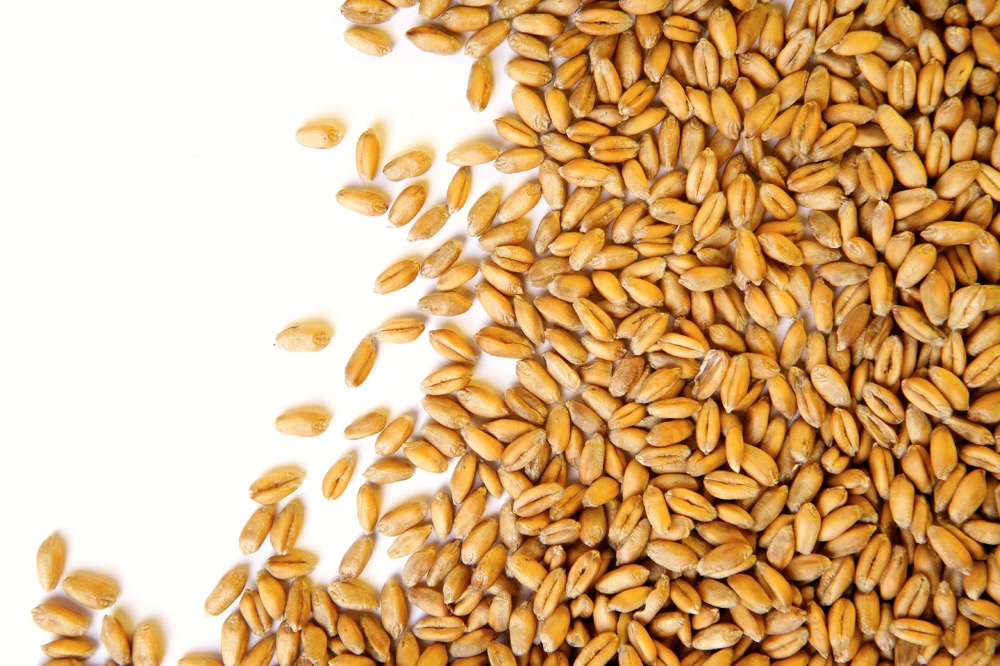CNS Canada — The potential for a storm in the Gulf of Mexico to bring rain to parts of the U.S. Midwest has caught the attention of the grain and oilseed markets.
“If it turns farther north and hits some of the dry spots in Indiana, Ohio and Illinois that would be a little bit of a game-changer,” said Rich Feltes of R.J. O’Brien + Associates LLC in Chicago.
The U.S. National Hurricane Centre expects Tropical Storm Harvey to make landfall before the weekend. At this point, it looks to strike parts of Texas and Louisiana.
Read Also

IGC raises 2025/26 world wheat crop forecast
The International Grains Council has raised its forecast for 2025/26 global wheat production with crop outlooks upgraded for Russia, the United States and Argentina.
During the week ended Wednesday, corn trended downward, losing 10-1/2 cents to hit $3.42 a bushel in the September contract (all figures US$).
“I think the (crop condition) ratings on Monday will be stable to higher,” said Feltes. “Which confirms to the market that (the U.S. Department of Agriculture) is not likely to bring September corn yields down.”
There are some bearish factors facing the corn market, Feltes said. In addition to weather, large supplies of Russian wheat are starting to pressure North American grains.
“The Russian wheat glut is killing the market and serving as an undertow on corn,” he explained.
He expects corn to trend lower in September, when the market typically puts in its lows.
“I think that we are heading to an area that is $3.40 (per bushel) low, or $3.25 low,” he said.
The November soybean contract gained 13.25 cents on the week to hit $9.35 a bushel.
Demand from China is helping support soybeans, Feltes said, along with expectations that U.S. soybean acres will decline next year.
Bean oil was also sent higher after the U.S. government declared biodiesel exports from Argentina and Indonesia would be hit with countervailing duties.
There also seems to be a great deal of interest from hedge funds for soybeans at the $9.50 mark, Feltes added.
On the flipside, temperatures in the U.S. Midwest have been cooler as of late and scattered rains have helped relieve some of the heat stress that impacted the crop earlier this summer.
— Dave Sims writes for Commodity News Service Canada, a Winnipeg company specializing in grain and commodity market reporting.











